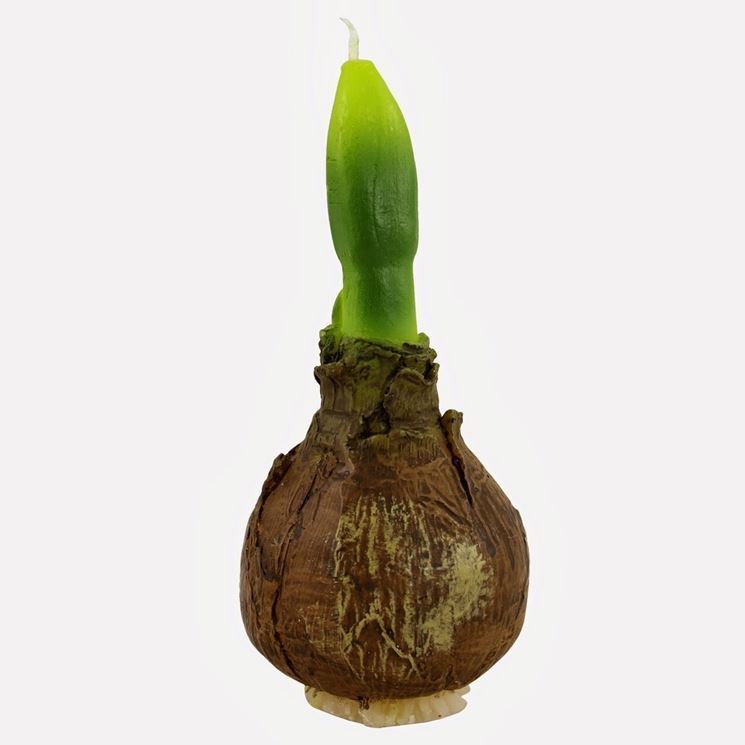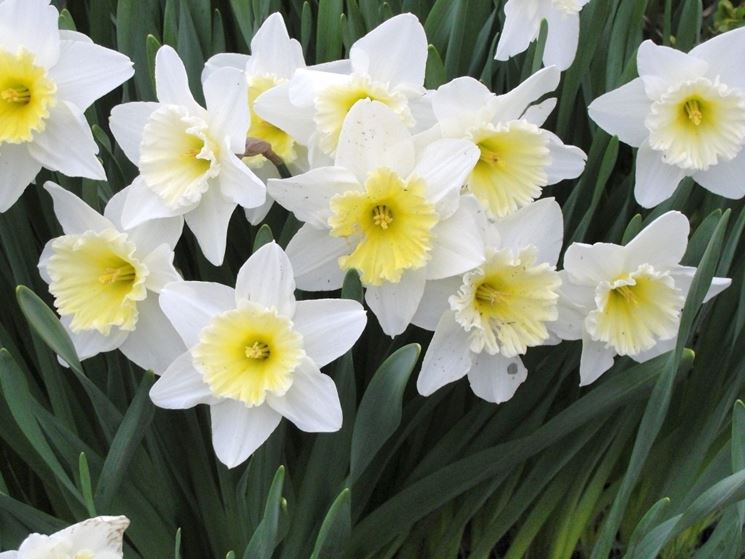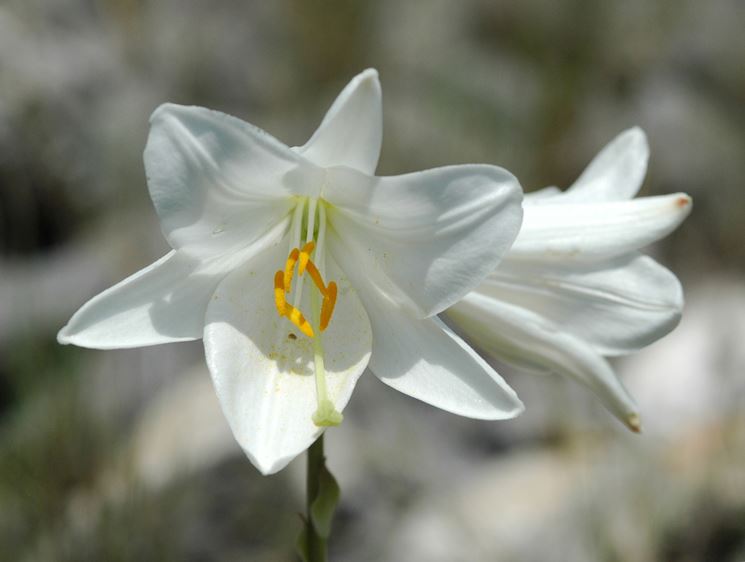Bulbous flowers

Information on bulbous flowers

The tulip

Who doesn’t know the most famous bulb flower in Europe? The tulip has been cultivated for centuries in Holland, one of the largest producers of tulip bulbs in the world, and its name derives from the Turkish term «tullband», which means «headdress», to outline the particular shape of this flower which recalls headgear. The tulip is ascribed to the Tulipa genus which includes about 18 species native to Turkey. Over the years, different hybrids and varieties have been selected that are easily adaptable to adverse conditions or apartment living. Each tulip is composed of an underground bulb and a long fleshy stem on which the flower grows, of variable color depending on the species, while the leaves start from the base and stretch upwards. The cultivation of the tulip requires a few tricks,
The narcissus

The narcissus takes its name from the famous character of Greek mythology, who fell madly in love with his image reflected in the waters of a pond. Literally narcissus derives from the Greek meaning «to stun», referring to the intense smell that many species of narcissus emanate. Ascribed to the genus Narcissus which has about a dozen species originating in Europe, this flower is particularly appreciated for its aroma and its unusual appearance; it has a crown of six external petals (called paracorolla), while the perigonum protrudes from the center which appears as a single tubular or trumpet-shaped petal. The bulb is slightly elongated and pear-shaped, while the stem is erect and fleshy in nature. The narcissus is a poisonous flower for both humans and animals and if accidentally ingested it can cause damage to the nervous and gastrointestinal system. Cultivation is among the simplest, since it adapts to almost all types of soil, the only precaution will be to fertilize it with potassium-based products and not nitrogen as in many other plants.
Bulbous flowers: The lily

Among the most famous bulbous flowerswe remember here the lily, widely spread and cultivated as an ornamental plant, also used during the celebration of holidays and anniversaries in various countries of the world. There are about a hundred species of the genus Lilium, although there are many hybrids and varieties artificially selected over the years on the market. The flower has six petals that tend to bend backwards towards the ends, of varying colors from pure white to deep red, depending on the species. The bulb, buried or semi-buried, is squat and rounded. The leaves are lanceolate, fleshy and bright green; they grow at the base of the stem and often form a thick crown. The most famous lily is Lilium candidum (or white lily), which for centuries has denoted purity, so much so that it has become the symbolic flower of the Virgin Mary.
